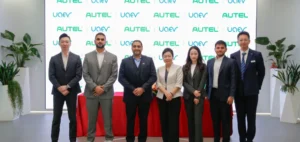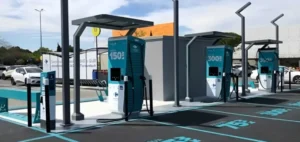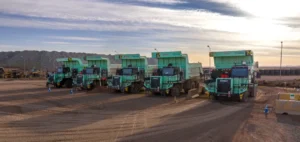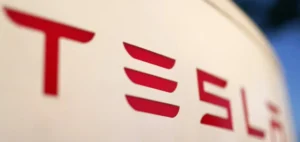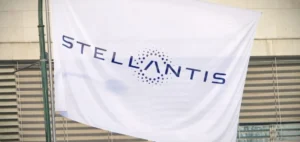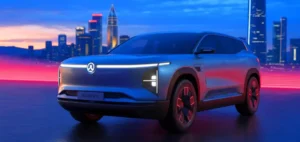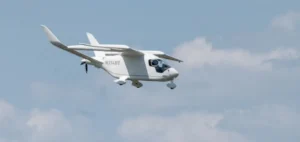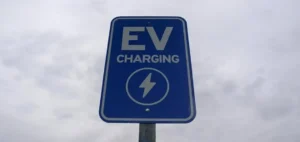Cepsa has signed an agreement with the Damascus road transport company to develop the use of green hydrogen in intercity transport. This is the first partnership of its kind in Spain and aims to promote sustainable mobility.
Green hydrogen-powered buses to be integrated into Damascus’ fleet
Under the agreement, Cepsa will provide fueling facilities and green hydrogen, while Damascus will add up to 10 green hydrogen buses to its fleet. These green hydrogen buses will be used on several routes geographically close to the Andalusian projects of the Green Valley of Hydrogen. Some of these routes are Huelva-Seville, Seville Chipiona, Seville-Camas, Seville-Tomares, Huelva-Punta Umbria and Huelva-Puerto de Santa Maria. The first hydrogen-powered green buses are expected to run on these routes in 2025. Both companies will also consider expanding to other regions and routes.
Using green hydrogen will reduce CO2 emissions
The use of green hydrogen buses on these routes will avoid 900,000 kg of CO2 emissions per year. This will contribute to the Sustainable Development Goals of the 2030 Agenda, in particular to SDG 7 (Affordable and Clean Energy), SDG 12 (Responsible Production and Consumption) and SDG 13 (Climate Action).
Cepsa is committed to the energy transition in favor of sustainable solutions
This partnership reinforces Cepsa’s commitment to the energy transition in favor of sustainable solutions to advance the decarbonization of heavy transport and industry. In its 2030 Positive Motion strategy, Cepsa has set itself the objective of promoting the decarbonization of transport by boosting both electric mobility and the use of green hydrogen and second-generation biofuels.
Cepsa aims to become the leader in green hydrogen production in Spain and Portugal by 2030. To this end, the company will establish the Andalusian Green Valley of Hydrogen, which will have two production sites located in Palos de la Frontera, Huelva, and Campo de Gibraltar, Cádiz, and will position Andalusia as Europe’s largest hub in this technology.




